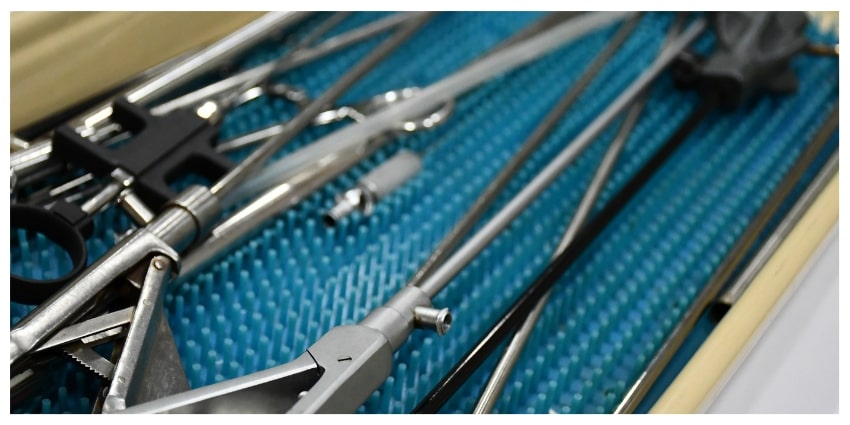What is Liver Stones
Liver stones are stones produced in the liver and their compositions are the same as gallstones. They are either made of cholesterol or pigments. A mix of cholesterol stones and pigment stones are also found in the liver. The liver stones produced in the liver are lodged in the intrahepatic biliary ducts. These are the ducts that transport the bile produced in the liver to the gallbladder and small intestine. The liver stones are referred to as intrahepatic calculi or intrahepatic stones.
Causes,Symptoms and Risk Groups of Liver Stones
Causes of Liver Stones
The bile within the liver becomes more concentrated sometimes to solidify or harden and form small stones within the liver.
Bile builds up within the liver and the bile concentrate solidifies to form stones.
What triggers the bile to become concentrated in the liver is not known.
Symptoms of Liver Stones
Severe pain in the abdomen.
Fatigue
Risk Groups of Liver Stones
Liver stone formation is more prevalent in the East Asian population of China, Taiwan, Japan, North and South Korea.
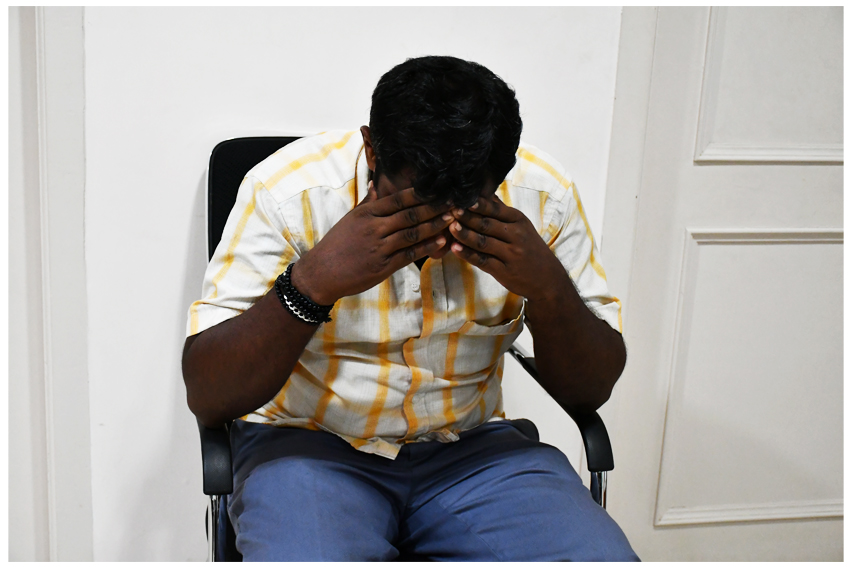
Diagnosis of Liver Stones
Ultrasound confirms the presence of liver stones
But CT scan, ERCP and MRCP diagnosis methods can accurately delineate the liverstones and they give the best surgical decisions.
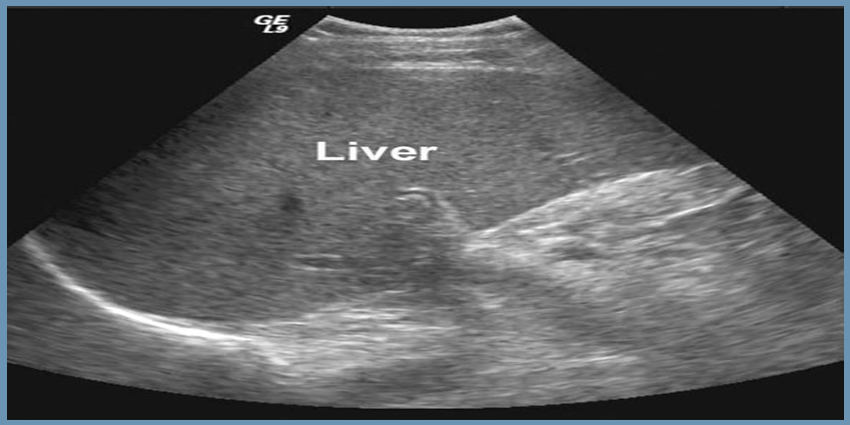
What can Liver Stones Cause?
Liver stones readily lodge themselves within the complex network of ducts in the liver that carry the bile. A pressure can build within the complex biliary tree.
When the stones get stuck in one of these ducts the chances of inflammation of the duct is high. What can follow as a result is an increased risk of liver abscesses or worst case failure of liver.
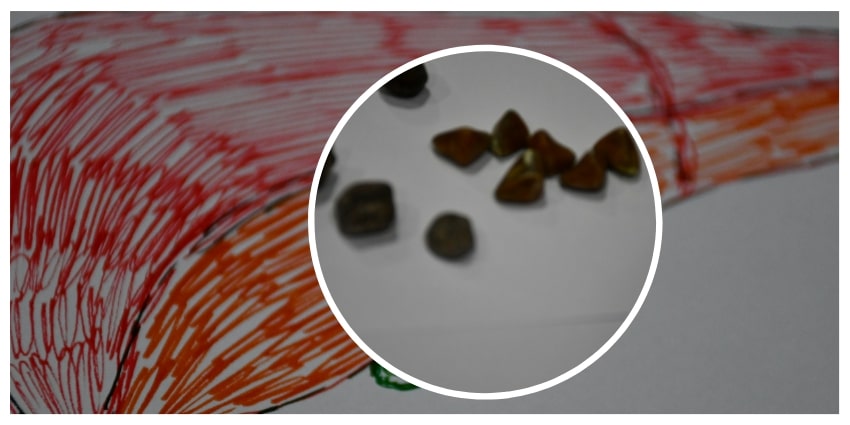
Complications of Liver Stones
Sepsis is a possibility if the intrahepatic stones are not attended to.
Cholangitis, an infection of bile duct can occur because the stones lodged in the intrahepatic biliary ducts.
Intrahepatic cholangiocarcinoma or cancer in the intrahepatic biliary ducts within the liver can be one of the complications that can arise.
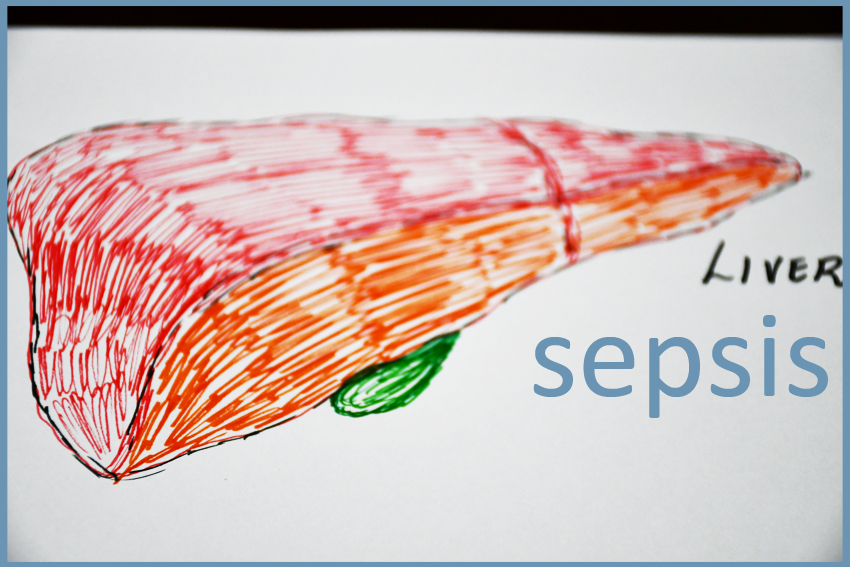
Surgical Treatment for Liver Stones
If only one part of the liver is affected by stones, then that part of the liver can be resected or surgically removed. Liver is the only organ that can regenerate. Though they do not regenerate in original shape, they can regenerate and reach original volume.
If many parts of the liver are affected by stones, the GI surgeon chooses to resect or remove the most affected part. Unfortnately the patient might have to undergo multiple surgeries to get the liver stones removed.
